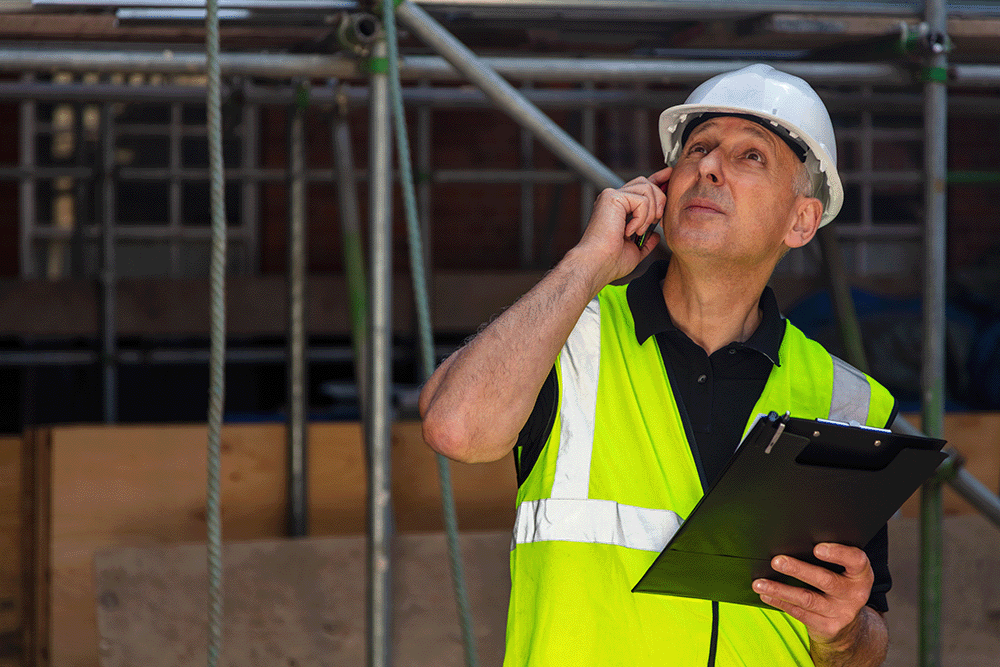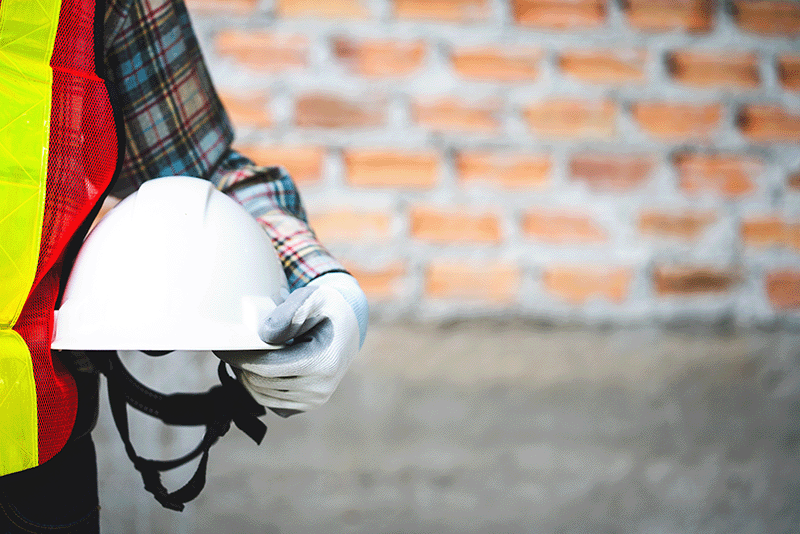Partner with Downstream

In the construction world, safety is never optional—but when it comes to tenant construction projects, the stakes rise even higher. These jobs often come with tight schedules, demanding specifications, and limited workspaces, creating an environment where a single lapse in protocol can cost time, money, and even lives. Whether you’re working in a retail build-out, an office renovation, or an interior fit-up, tenant construction is a game of precision under pressure. Let’s look at the unique risks and precautions that can help keep your crew safe and your project on track.

Tenant construction differs from large-scale new builds in one key way—it’s usually inside an existing structure, which means you’re navigating confined spaces, shared utilities, and strict building rules. This combination adds layers of complexity and risk.
Some of the most common hazards include:
According to the Occupational Safety and Health Administration (OSHA), falls, electrocutions, and struck-by incidents remain among the leading causes of construction fatalities, and these risks are amplified when space and time are limited (OSHA source).

Before starting work, conduct a comprehensive hazard assessment of the site. Identify overhead hazards, trip risks, electrical lines, and emergency exits. This is especially important when the site is shared with ongoing business operations.
Use signage, barriers, and restricted zones to keep unauthorized personnel (including building tenants) out of active work areas. This reduces the chance of injuries and liability issues.
Tenant work environments may require additional PPE beyond the standard hard hat, safety glasses, and gloves—such as dust masks, hearing protection, or high-visibility vests if working in mixed-use areas.
Install dust containment systems, use HEPA vacuums, and ensure debris removal doesn’t create hazards in occupied areas. This not only protects worker health but also helps maintain good tenant relations.
Tight hallways, elevators, and loading docks can complicate the movement of tools and materials. Plan deliveries and equipment placement to avoid blocking egress routes or creating tripping hazards.
When working in active buildings, excessive noise can lead to complaints, work stoppages, and even hearing damage. Use quieter tools when possible, and establish noise schedules for loud work.
Tenant build-outs often come with “drop-dead” deadlines—such as retail store openings or lease start dates—that leave zero room for delays. The temptation to cut corners in these moments is real, but safety shortcuts almost always backfire.
An injury or major incident can halt a project for days or weeks, costing far more than taking the time to do it right the first time.
The National Institute for Occupational Safety and Health (NIOSH) emphasizes that safety planning should be embedded into the schedule, not treated as an afterthought (NIOSH guidance). That means factoring in the time for safety meetings, inspections, and hazard mitigation into every phase of the job.
Many tenant construction jobs require compact, maneuverable equipment that can operate in tight indoor spaces without sacrificing performance. Using the wrong machine can cause delays, damage finishes, or introduce new safety hazards.
This is where Downstream can make a difference.
With a wide range of rental equipment—from low-emission electric scissor lifts to compact skid steers and material lifts—Downstream helps contractors get the right machine for the job without compromising on safety or efficiency.
You can explore rental options at trydownstream.com to ensure you’re prepared for any tenant build-out challenge.
Tenant construction is high-stakes work that demands a balance of speed, precision, and safety awareness. By understanding the risks, planning for hazard control, and choosing the right tools for the job, you can keep your crew safe while meeting your client’s expectations.
At the end of the day, the best tenant projects are the ones that are both on time and incident-free—and that only happens when safety is treated as a non-negotiable priority.
-min.webp)
Quis nostrud exercitation ullamco laboris nisi ut aliquip ex ea commodo consequat. Duis aute irure dolor in voluptate.
